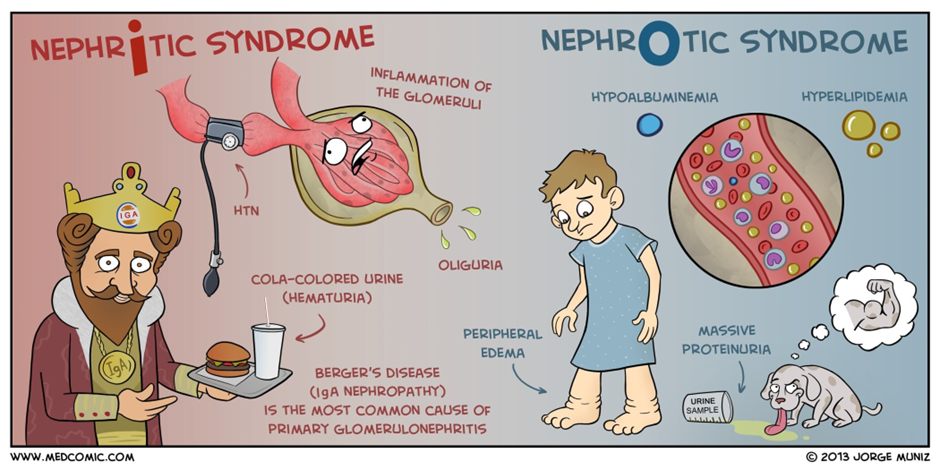A nurse is caring for a client who has capillary blood glucose 48 mg/dL. Which of the following findings should the nurse expect?
Bradycardia
Flushed skin
Decreased appetite
Tremors
The Correct Answer is D
A. Bradycardia:
Low blood sugar levels can lead to bradycardia, a slower than normal heart rate.
B. Flushed skin:
Typically, low blood sugar levels might cause pallor or cool, clammy skin, rather than flushing.x
C. Decreased appetite:
Low blood sugar might result in increased hunger or a feeling of needing to eat rather than decreased appetite.
D. Tremors:
Hypoglycemia often presents with symptoms like tremors or shakiness due to the body's response to low blood sugar.
Nursing Test Bank
Naxlex Comprehensive Predictor Exams
Related Questions
Correct Answer is D
Explanation
A. Report of decreased urinary output
Explanation: Decreased urinary output is not typically associated with hyperglycemia. In fact, increased urinary output (polyuria) is more characteristic.
B. Random blood glucose 126 mg/dL
Explanation: This level is within the normal range for random blood glucose. Hyperglycemia is usually defined by higher blood glucose levels.
C. Clammy skin
Explanation: Clammy skin is not a direct manifestation of hyperglycemia. Symptoms of hyperglycemia may include increased thirst, frequent urination, and blurred vision.
D. History of poor wound healing
Explanation: This is correct. Hyperglycemia can contribute to impaired wound healing, as it affects the body's ability to repair tissues.
Correct Answer is A
Explanation
A. Proteinuria:
Minimal change nephrotic syndrome is characterized by increased permeability of the glomerular filtration barrier, leading to proteinuria. The loss of proteins, especially albumin, in the urine is a key feature.
B. Hypocalcemia:
Hypocalcemia is not typically associated with MCNS. In fact, the loss of proteins, including albumin, in the urine can lead to decreased oncotic pressure in the blood vessels, resulting in edema. However, calcium levels are usually within the normal range.
C. Hyperalbuminemia:
This is not a characteristic finding in minimal change nephrotic syndrome. In fact, the condition is associated with hypoalbuminemia due to the loss of albumin in the urine.
D. Positive for Ketones:
Ketones are not typically associated with minimal change nephrotic syndrome. Ketones in the urine are more commonly associated with conditions like diabetic ketoacidosis or starvation.

Whether you are a student looking to ace your exams or a practicing nurse seeking to enhance your expertise , our nursing education contents will empower you with the confidence and competence to make a difference in the lives of patients and become a respected leader in the healthcare field.
Visit Naxlex, invest in your future and unlock endless possibilities with our unparalleled nursing education contents today
Report Wrong Answer on the Current Question
Do you disagree with the answer? If yes, what is your expected answer? Explain.
Kindly be descriptive with the issue you are facing.
